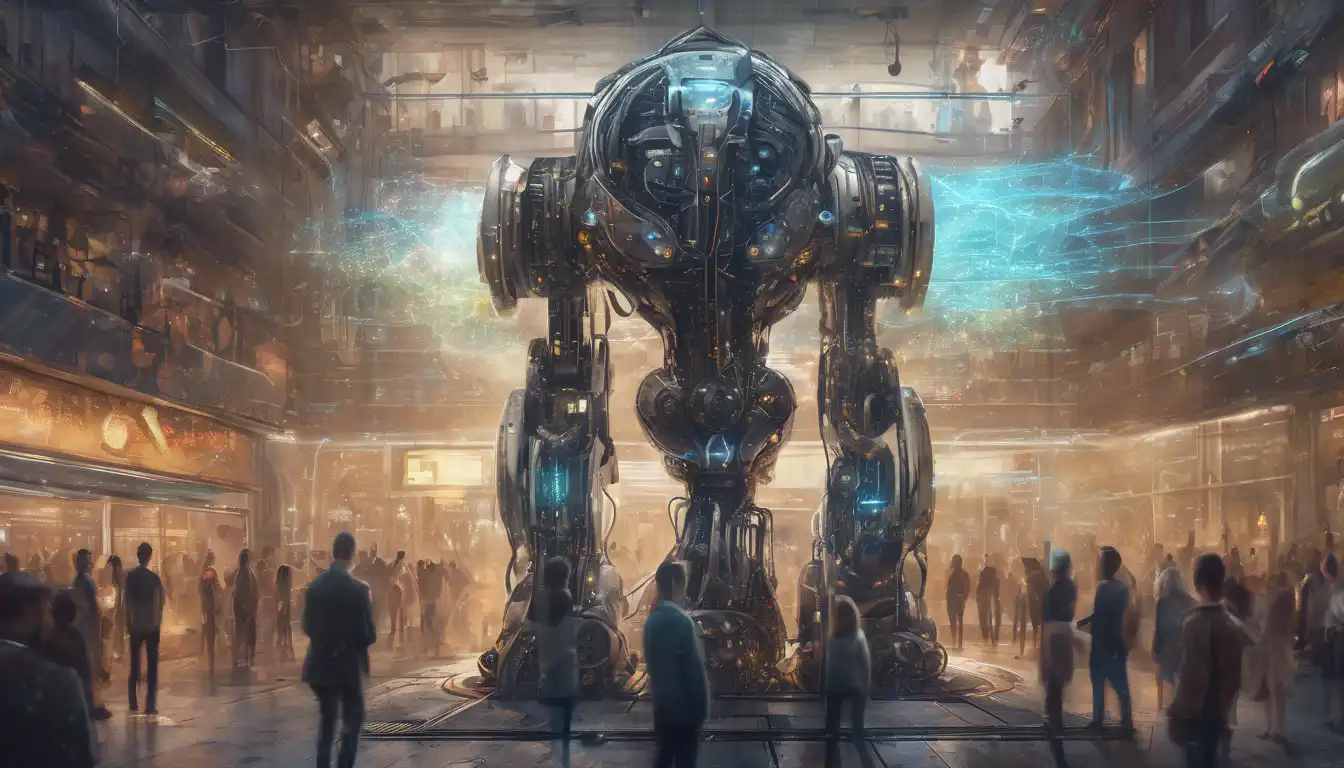Introduction to Machine Learning in Recommendations
Machine learning has revolutionized the way we interact with digital platforms, especially in the realm of personalized recommendations. From streaming services to e-commerce, machine learning algorithms are at the heart of suggesting what to watch, buy, or read next. This article delves into how machine learning powers these recommendation systems, making them more accurate and personalized than ever before.
How Machine Learning Works in Recommendation Systems
At its core, machine learning in recommendation systems analyzes vast amounts of data to predict user preferences. These systems use algorithms such as collaborative filtering, content-based filtering, and hybrid methods to deliver personalized suggestions. By learning from user interactions, these algorithms continuously improve their accuracy over time.
Collaborative Filtering
Collaborative filtering is a technique that makes automatic predictions about the interests of a user by collecting preferences from many users. The underlying assumption is that if users agreed in the past, they will agree in the future.
Content-Based Filtering
Content-based filtering, on the other hand, recommends items similar to those a user liked in the past. This method uses item features to recommend additional items with similar properties.
Hybrid Methods
Hybrid methods combine collaborative and content-based filtering to improve recommendation quality. These systems can provide more accurate recommendations by leveraging the strengths of both approaches.
The Impact of Machine Learning on User Experience
Machine learning has significantly enhanced user experience by providing highly personalized recommendations. This not only increases user engagement but also boosts satisfaction and loyalty. Platforms like Netflix and Amazon have seen tremendous success by implementing advanced machine learning algorithms in their recommendation systems.
Challenges and Future Directions
Despite its successes, machine learning in recommendation systems faces challenges such as data sparsity and cold start problems. However, ongoing research and advancements in AI and data science are paving the way for more sophisticated solutions. The future of recommendation systems lies in deeper personalization and understanding of user contexts.
Conclusion
Machine learning is the powerhouse behind modern recommendation systems, driving personalization and user engagement to new heights. As technology evolves, we can expect these systems to become even more intuitive and effective, further transforming our digital experiences.
